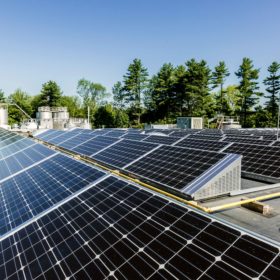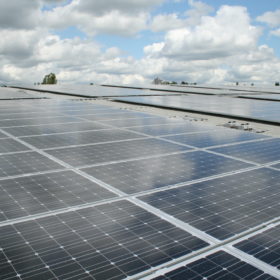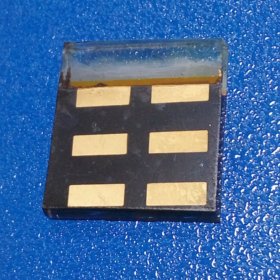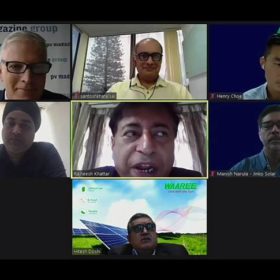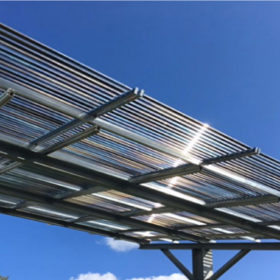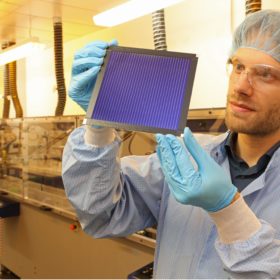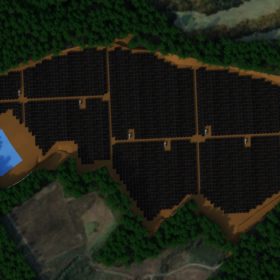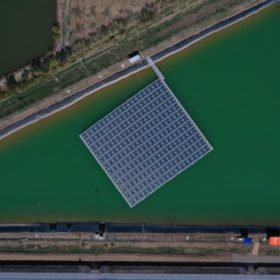Probabilistic model indicates PV module warranty reliability
U.S.-Spanish researchers have proposed a new way to assess the reliability of PV modules and their warranties. It is impossible to fulfill a 25-year warranty if the threshold of returned modules exceeds 5% and the annual degradation rate is over 0.73%.
Chinese PV Industry Brief: 1 GW of distributed solar came online in August
More than 1 GW of subsidized small solar arrays were installed in China last month alone and manufacturer Suntech has announced the start of operations at its 500 MW Indonesian cell and module fab.
New molecular precursor for kesterite solar cells
Scientists in India have developed a new molecular precursor for applications in kesterite solar cells. They used the precursor to build a superstrate type solar cell with an efficiency that is purportedly among the highest ever recorded. They relied on a low-temperature process to manufacture the device.
Indian solar leaders call for overhaul to navigate Covid-19
Indian PV manufacturers have highlighted the need to find alternative supply chains and to push automation and Internet of Things applications on the factory floor, in order to keep production running amid raw material and labor shortages.
Thin-film agrivoltaic solar tubes
German tech company Tube Solar AG has secured €10.8 million to develop its cylindrical agrivoltaic modules. The lightweight devices could also be used on roofs until now considered unsuitable for PV.
New world record for large-area organic PV module efficiency
Scientists in Germany have achieved 12.6% efficiency with a 26 sq cm organic panel and 11.7% for a 204 sq cm device. The feats were achieved with a new module layout and a slower, high-resolution, short-pulse laser structuring process.
Toshiba develops more Japanese solar and hydrogen
The electronics giant is building two PV plants with a combined generation capacity of 58 MW owned by U.S. module manufacturer First Solar. Toshiba is also extending its hydrogen research project in Fukushima for another two years.
French government considers cutting pre-2011 FITs
Financial newspaper Les Echos claims the government is mulling a renegotiation of historic feed-in contracts after the Court of Auditors in 2018 ruled the incentives too generous.
Polish solar manufacturers unite to compete with imports
Businesses, supported by the government, will join forces to strengthen their industry and contribute to the European Green Deal through made-in-EU products.
Chile connects first floating PV plant to grid under net billing scheme
Developer Solarity has completed the first floating PV array to be connected to the national distribution network under Chile’s net billing scheme. The plant will supply 100% of project owner Hortifrut’s energy needs, while allowing it to sell excess power to the grid.
